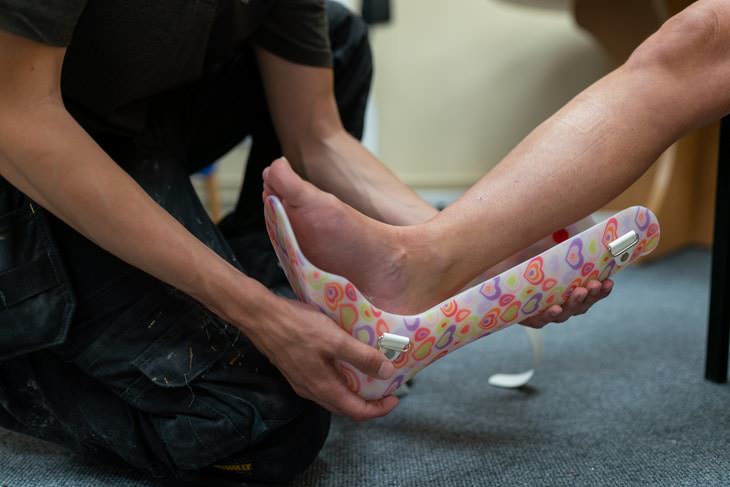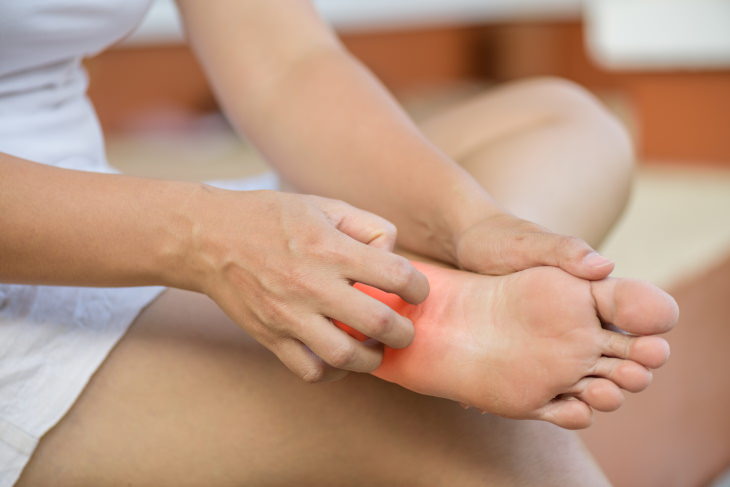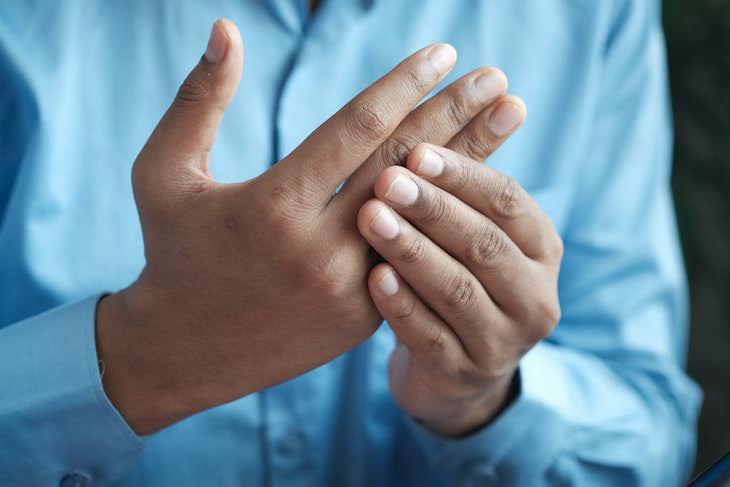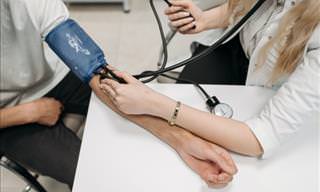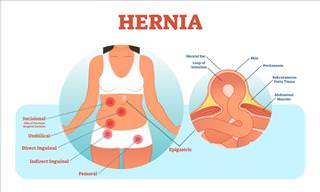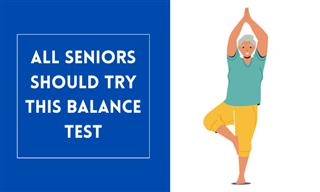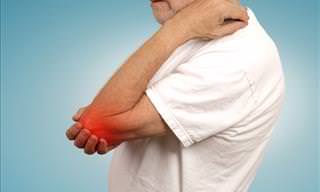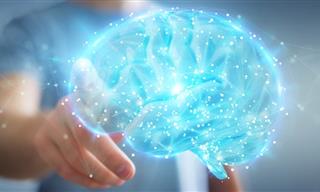What is muscle atrophy?
The human body is a fascinating system that continuously updates itself and changes. The body is programmed to redirect nutrients to the muscles of the body we use the most and cutting off nutrients to the underutilized ones. This process of losing muscles mass is referred to as muscle atrophy, or muscle loss, muscle catabolism, and muscle wasting.
As a result of muscle atrophy, a person may experience any of the following symptoms:
- Weakness in the arms or legs, which leads to trouble reaching for high objects, difficulty opening jars, tying shoelaces, rising from a chair.
- Muscle cramps and spasms while walking, doing sports, or engaging in everyday activities.
- Balance and coordination issues - if the issue affects the back, core, or legs.
- Asymmetry. You may notice that the muscles of one arm are smaller or that your torso is tilted to one side.
Read more about the symptoms of muscle degeneration here - 8 Early Symptoms of Muscle Degeneration.
In some cases, muscle atrophy can develop in a matter of 2-3 weeks of downtime, but others can maintain their muscle mass for a longer time. The speed of muscle loss depends on many factors, including your initial fitness level, age, and other health issues. Sadly, in most cases, muscle catabolism is rapid - a study published in the Journal of Rehabilitation Medicine concluded that older 8 men lost a quarter of their muscle gains of 8 weeks of strength training after just 2 weeks.
Muscle atrophy predominantly occurs because you don’t or can’t use a specific group of muscles enough, often due to a physical setback like an injury or a long period of bed rest due to illness. However, spending too much time at a desk can weaken specific muscles too.
Here are the most common types of muscle atrophy:
1. Physiological muscle atrophy
Physiological atrophy is the most common type of muscle loss. It occurs as a result of disuse over long periods of time. For example, when astronauts spend a few days in outer space with no gravity - their muscles start to shrink. If you have ever had a cast on your arm or leg, you will have experienced physiological muscle atrophy.
Your muscles will decrease in size and strength when you stop exercising or just moving enough. This can happen for a variety of reasons: a job that requires a lot of sitting, an immobilized limb as a result of injury, bed rest, etc. The good news is, most cases of physiological atrophy can be cured by using the muscle.
2. Neurogenic atrophy
This type of muscle atrophy occurs when the nerve that leads to a specific muscle becomes damaged. The damaged nerve isn’t able to create muscle contractions, so the muscle slowly withers. Any type of neuropathy (nerve damage) or any other condition that affects the nerves - such as amyotrophic lateral sclerosis, Guillain-Barré syndrome, multiple sclerosis, or stroke - can lead to neurogenic muscle atrophy. This type of muscle atrophy is more difficult to treat because the muscle must be artificially trained using electrical stimulation to stay strong.
3. Malnutrition
Severe malnutrition can lead to muscle loss too. When your body doesn’t get all the nutrients it requires for a long period of time, it may start using your muscle tissues as fuel. According to the International Osteoporosis Foundation, a diet low in protein, fruits, and vegetables alone can reduce your muscle mass. So make sure to maintain a well-balanced diet to prevent muscle loss.
4. Arthritic muscle loss
Any type of joint pain and limitation in the range of motion can lead to physiological muscle atrophy. Patients suffering from osteoarthritis, rheumatoid arthritis, and any other condition that affects the muscles or joints often suffer from muscle loss as well.
The pain and discomfort people with joint issues experience discourage them from physical activity, which results in muscle weakness. As a result of muscle weakness, more pressure is put on the joints - and you’ve got a vicious cycle of arthritic pain leading to muscle atrophy leading to more arthritic pain, etc. If you have arthritis, please don’t get discouraged - remember that exercise will be able to reverse the atrophy and improve your symptoms considerably.
5. Sarcopenia
Sarcopenia is an age-related condition experienced by 10% of adults over age 50 and up to 13% of people in their 60s and above. It can start as just feeling a bit weaker during physical activities and progresses to difficulty doing everyday activities like opening jars or holding a pen. Even though sarcopenia is considered a normal part of aging, it can lead to dramatically fast muscle loss, especially when combined with lack of movement or immobilization.
The biggest issue with sarcopenia is the increased risk of falls and injuries, but exercise can help delay the progression of sarcopenia. As Jodi Klein, a physical therapist, pointed out in an article by Harvard Health, "It can take longer for the body to recover from dramatic muscle loss, but with the right strategy, older adults can protect themselves from muscle atrophy and rebound easier if it occurs, no matter what their age."
Muscle loss is reversible - in most cases

The great news is that most people suffering from muscle atrophy will be able to recover in a matter of months. As long as your nerves are intact, you’re eating healthy, and you’re getting treatment for any underlying health issues that are contributing to the muscle loss, you should be able to get back in shape within 2-4 months.
Unfortunately, muscle atrophy caused by neurological damage or stroke can be irreversible. When nerve signals are no longer able to reach the muscles, little can be done to preserve them.
Reversing Muscle Atrophy
1. Start by returning to movement and doing physical therapy
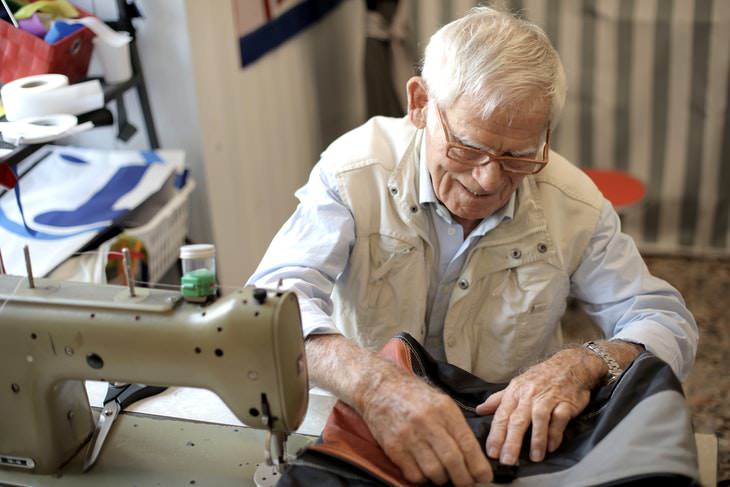
The first step is returning to normal physical activity - getting out of bed, moving around every half an hour or so, carrying around small objects. Maintaining an active lifestyle will help prevent recurrent muscle loss too, which is especially crucial for people who sit a lot, those who suffer from arthritis, and older adults.
Physical therapy can also help teach you to activate specific muscles, and a physical therapist will be able to help you move the arms and legs if you have trouble doing so yourself. It’s especially helpful for preventing muscle loss in people in hospitals or those who have to stay in bed for a long time as a result of health issues.
Related Article: 5 Key Exercises to Improve Balance and Prevent Falls
2. Keep up the good shape with general exercise
Any type of daily exercise, be it walking, cleaning the house, gardening, cycling, or any other activity will stimulate your muscles and help them regrow. Swimming and water exercises may be especially helpful for recovering patients, as water makes movements easier. Lastly, weight training, such as training with resistance bands and dumbbells, can help prevent muscle atrophy by focusing on specific muscles.

3. Electrical stimulation and ultrasound therapy
Both electrical stimulation and ultrasound therapy are non-invasive methods that help heal and restore muscles. Ultrasound and electrical stimulation devices are applied to the problematic area, stimulating the muscles and making them heal. These are usually in-office treatments, but your physical therapist may also offer you a portable device you can use at home.
4. Surgery
If one’s muscles, ligaments, or tendons become too stiff as a result of muscle atrophy, it can lead to a contracture deformity. The stiffness may prevent you from moving and may require surgery to correct it.
In summary, muscle atrophy is an extremely common health issue that affects everyone from office workers to the elderly. The dangerous health issue can weaken your muscles and lead to pain, weakness, and even problems with balance. Luckily, the condition is usually reversible with regular physical activity and exercise.
Share this information with those who will find it helpful!
 Go to BabaMail
Go to BabaMail



